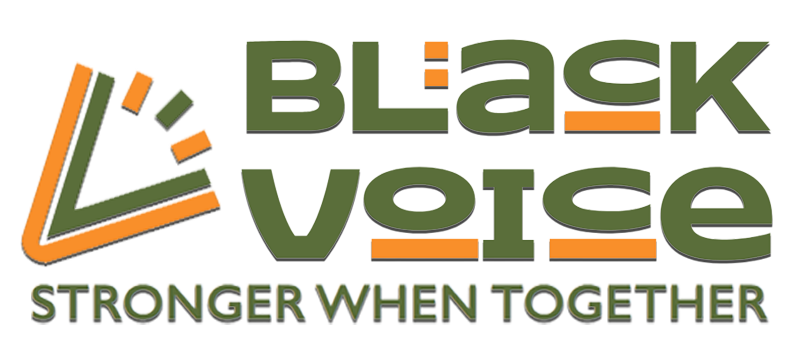By Alexandra Yeboah
Posted on September 10, 2021
This article contains mentions of sexual assault and abuse.

When someone experiences trauma, whether that is abuse, rape, or some other form of violence, it can be difficult for them to process the range of emotions that will inevitably take them in winding circles. Surviving a traumatic event is just the beginning of a long road for many.
Many women survivors may question why the incident happened, the timing of it, and even why it happened specifically to them. It is safe to say that the one thing they don’t question is, the reality of the pain that was inflicted on them. Sadly, when women survivors do choose to share about the incident, they can find themselves peppered with questions that traumatize them all over again causing them to relive the abuse. Rather than be believed, their pain is instead put on display for spectators to ogle at and poke to determine its veracity.
Survivors are made to feel as if they must lay out their pain to be examined and validated by their friends and loved ones, co-workers, faith communities, law enforcement officials, and the press. It is pain objectified, which oftentimes only serves to be debilitating for the survivor on the other side of the glass.
Two years ago, West Coast Leaf released a report which revealed that 90 per cent of all survivors of sexual assault in Canada are women. Listed among the reasons why women chose not to report the assault was because of victim-blaming and the lack of being believed or having their pain dismissed.
For Black women survivors especially, the results of victim-blaming can be devastating. Studies from the American Psychological Association have shown that Black women who experience self-blame report lower self-esteem, difficulty advocating for their own needs and setting boundaries in relationships.
After rapper Megan Thee Stallion was allegedly shot by Canadian rapper/singer Tory Lanez in July 2020, she penned her thoughts in an op-ed published in The New York Times three months later. In the article, she stated why she believes violence against women occurs: “Violence against women is not always connected to being in a relationship. Instead, it happens because too many men treat all women as objects, which helps them to justify inflicting abuse against us when we choose to exercise our own free will.”
Megan chose to speak up about the abuse and was publicly questioned and scrutinized because of it, something that is common for women survivors of violence. Megan’s story is just one of countless ways that shows how society seeks to diminish, exhibit, and objectify the pain of Black women.
The victim-blaming mindsets are embedded in our culture and draw from messages that our societal culture regularly feeds us on how men and women are expected to behave. Society pigeon-holes men and women to a place where they are meant to naturally assume their given roles without question. In the media, Black women typically are stereotyped to be angry and black, or strong and black, loud and sassy, or sexually promiscuous.
For a Black woman survivor of abuse already harmed by discrimination and racism, facing victim-blaming attitudes is salt on an already aching wound. Victim-blaming is a virus that causes irreparable damage, and continually feeds the systems determined to silence the voices of Black women and keep them on the outskirts of society.
Thanks to the ever-widening digital landscape, sexual assault advocates have more tools at their disposal to raise greater awareness about these issues and defy harmful messaging about how survivors are perceived in the public eye. Take for instance the online campaign started by the Sexual Assault Support Centre of Waterloo Region in May of this year (2021). #NoOneAsksForIt! is a campaign that was started as a way of tackling the prevalent attitudes that people face after a sexual assault that suggests they somehow “asked for it.”
The #MeToo Movement is another campaign that has become widely known to the online and offline world. #MeToo was originally created by American activist Tarana Burke whose focus was to help young women of colour from low-income communities. The ripple effect of #MeToo has now trickled over to Canada, with support services like the Rape Crisis Centres in Toronto and Ottawa reporting an even greater demand for their services. Statistics Canada also noted a 13 per cent increase in police-reported cases of sexual assault between 2016 and 2017, which has largely been linked to the #MeToo Movement. In the efforts to build on the momentum from the #MeToo Movement, Canadian Women’s Foundation partnered with AfterMeToo to address the increased demand in sexual violence support services across Canada.
Stop Victim-Blaming
Victim-blaming happens when the victim of any crime is held at fault for the wrongful act that they were subject to. When someone decides to isolate themselves from the survivor, it then becomes easier to judge or assess another’s pain, and less likely to empathize with them and believe their story. You can put a stop to victim-blaming by choosing to draw closer to the issue and listen to survivors. Have the courage to ask difficult questions, and challenge what you see and hear.
Pay special attention to the headlines in the media, and learn to be aware of some of the language that is being used in your everyday conversations at home, in public places, and online. We can tell our friends, family members, and our wider circles that it is not okay to say or do things that exclude anyone for whatever reason. Support the Black women survivors in our community, amplify their voices and their experiences, and be a part of affirming their place in this world.

